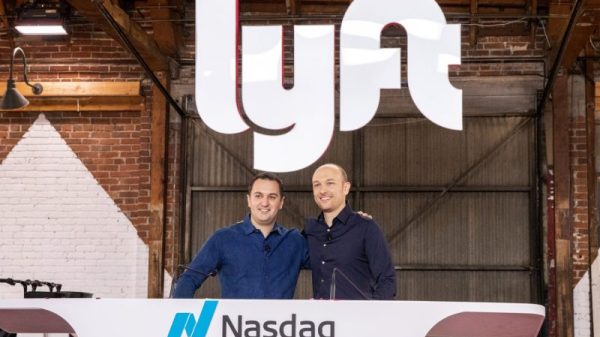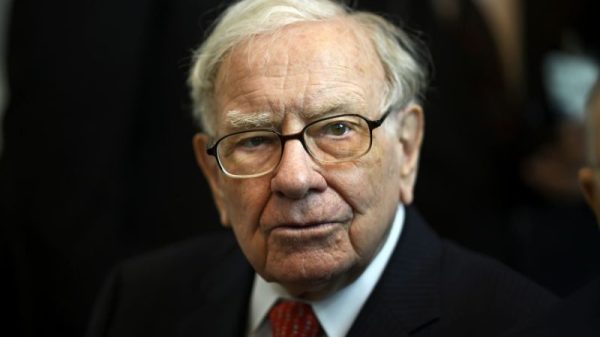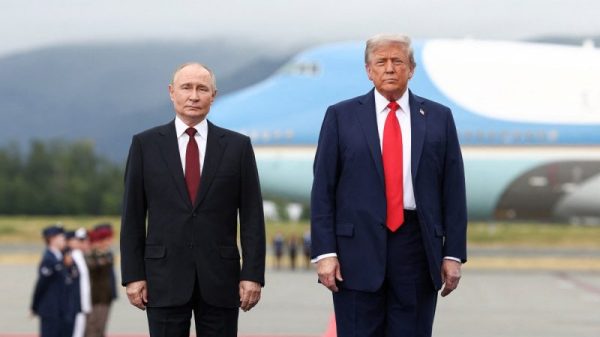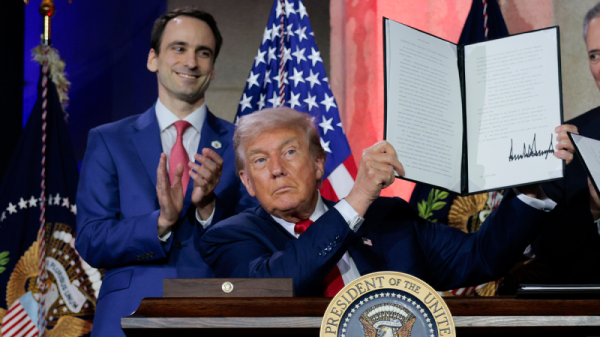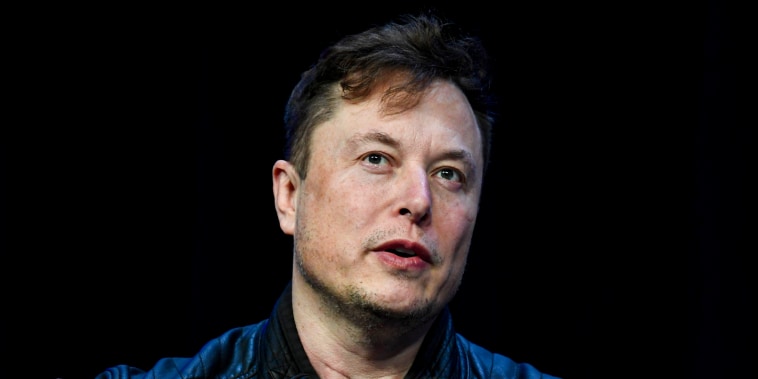In recent times, the automotive industry has been closely watching Tesla, the electric vehicle giant led by the enigmatic Elon Musk. Tesla has been making headlines not only for its groundbreaking innovations in the electric vehicle market but also for its internal restructuring and downsizing efforts. According to reports, Tesla has downsized by at least 14% this year, a significant move that has led to much speculation and discussion within the industry.
The downsizing at Tesla comes in the wake of Elon Musk’s announcement that layoffs at the company would exceed 10%. This decision has sparked a wave of reactions from various stakeholders, from investors and analysts to employees and consumers. Understanding the reasons behind this downsizing and its potential implications is crucial for assessing the future trajectory of Tesla and the broader automotive industry.
One of the key factors driving Tesla’s downsizing appears to be a strategic realignment of its operations and resources. As the company continues to grow and evolve, it is vital for Tesla to streamline its operations and ensure efficiency across its various departments. By downsizing, Tesla may be aiming to optimize its workforce and focus on key areas that are essential for its long-term success.
Moreover, Tesla’s downsizing could also be a response to external challenges and market dynamics. The automotive industry is highly competitive, with traditional automakers and new players entering the electric vehicle market. In this context, Tesla may be looking to enhance its competitiveness and financial stability by restructuring its workforce and reducing costs.
Furthermore, the downsizing at Tesla could have implications for its corporate culture and employee morale. Layoffs can have a significant impact on the remaining employees, affecting their job security and confidence in the company’s future. Tesla will need to navigate this transition carefully to ensure that its workforce remains engaged and motivated to achieve its ambitious goals.
In conclusion, Tesla’s downsizing by at least 14% this year represents a significant development for the company and the automotive industry as a whole. By strategically realigning its operations, responding to market dynamics, and managing its workforce effectively, Tesla aims to position itself for sustained growth and success. As the electric vehicle market continues to evolve, watching Tesla’s response to these challenges will provide important insights into the future of the automotive industry.






